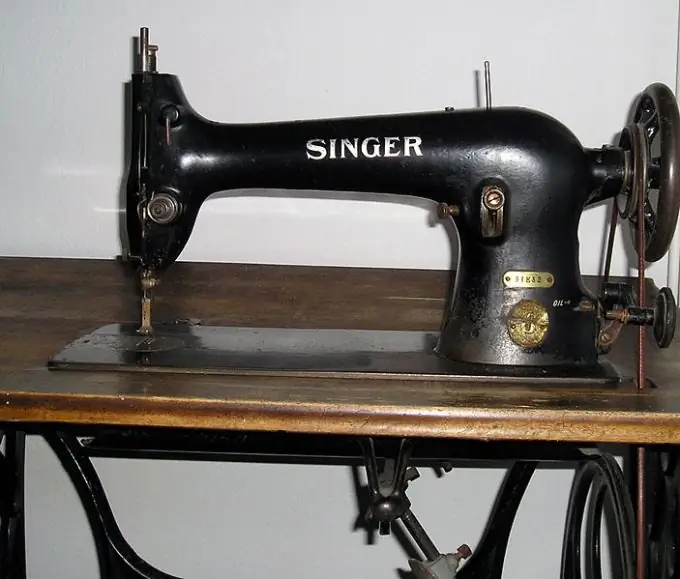- Author Nora Macey [email protected].
- Public 2023-12-16 10:17.
- Last modified 2025-01-23 08:47.
The obvious advantage of having a sewing machine is the ability to independently implement ideas for creating clothes, repair and change things, without resorting to expensive atelier services. And then it is very pleasant to realize that you have implemented all the unusual solutions yourself with your own hands. But, like any mechanism, a sewing machine requires certain steps to set it up to ensure proper operation.

It is necessary
Instructions for debugging the sewing machine
Instructions
Step 1
Let's consider how to set up a sewing machine using the example of setting up its individual units.
Each machine has a mechanism that allows you to wind the threads from the spool to the bobbin, this process is automated and you will not wind more than needed.
Step 2
Watch the tension of the spring that presses the thread, it should be wound in such a way that the cap, when raised, prevents the thread from untwisting until you need to pull it up sharply. The upper thread is passed through several eyes and tension adjuster, and then through the hole in the thread take-up lever and into the eye of the needle.
Step 3
Adjust the thread tension, because the stitch will then be smooth and beautiful when the working threads are intertwined in the depth of the material. For a beautiful stitching, use the mechanism on the front panel to adjust the upper thread tension, and adjust the bobbin thread with the adjusting screw. Modern machines allow you to adjust this parameter automatically, taking into account the type of fabric and the type of seam.
Step 4
The upper thread is easily tightened by twisting the screw that compresses the plate-like washers, you need to take a piece of fabric, sew it and determine on which side of the fabric the knots are more visible. A beautiful and correctly executed stitch is not visible from either side.
Step 5
By visual inspection and by touch, determine how to further adjust the sewing machine, if knots appear at the bottom of the fabric, then the thread tension needs to be increased. Knots will appear on top of the fabric when the thread tension is very strong, and when a seam defect appears both above and below on the fabric, this indicates a weak tension on both threads.
Step 6
Adjust the pressure of the foot, this is done with a spring or in new machines - automatically. A very strong pressure of the foot leads to the fact that the layers to be sewn are displaced, and a weak one does not hold the material and the correct seam is disturbed.






